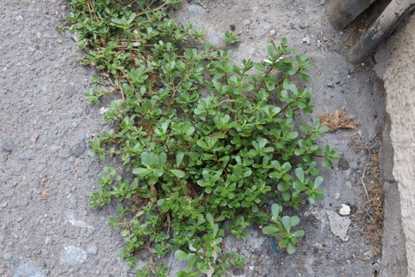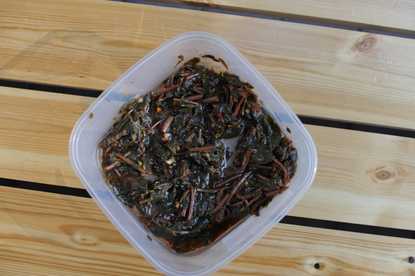Pickled burdock stems. Presentation of Feral Forage project in the Street Art Museum, Saint-Petersburg. Photo by the Street Art Museum.
Burdock is best harvested in spring or early summer. The plant is fit to eat while young; the longer it grows, the stringier and more bitter it becomes. The leaves turn bitter most quickly of all. All parts of the plant are edible. The juicy stems of spring burdock are ideal pickled. To pickle them, slice and boil in pickling marinade for three to five minutes.
Burdock leaves in batter, salad with chickweed and Lady’s Mantle, soup with the same wild greens.
Burdock. Schepkinsky forest, Rostov-on-Don.
Pickling marinade: for each liter of marinade, use one and a half teaspoons of salt, one and a half tablespoons of sugar, and a ready-made marinade spice mix (hot pepper, allspice, coriander, bay leaf, cloves, mustard seed, dried dill). Pack jars tightly with boiled stems. Then add vinegar to the hot marinade, two tablespoons per half liter of marinade. Pour the marinade into the jars of stems and seal.
Pickled burdock stems, pies with dead-nettles filling. The league of tenders brunch, Krasnodar. Photo by Olga Vyrich.
Other common wild plants, such as Russian dock, purslane, and the stems of spring goutweed, also work well pickled. In Armenia, Russian dock and purslane are known as aveluk and dandur and are widely used in traditional cuisine.
Russian dock. Schepkinsky forest, Rostov-on-Don.
Pickled Russian dock (in the middle), pickled burdock stems (in the right). The league of tenders brunch, Krasnodar. Photo by Olga Vyrich.
Russian dock stewed with eggs, pickled burdock stems.
Purcelane. Petriashvili street, Tbilisi.
Pickled purslane. Presentation of Feral Forage project in the Untitled Gallery, Tbilisi. Photo by Anna Kacheishvili.
This work was commissioned for the exhibition “I don’t know whether the Earth is spinning or not...”, curated by Francesca Altamura and Lizaveta Matveeva for the VII Moscow International Biennale for Young Art.
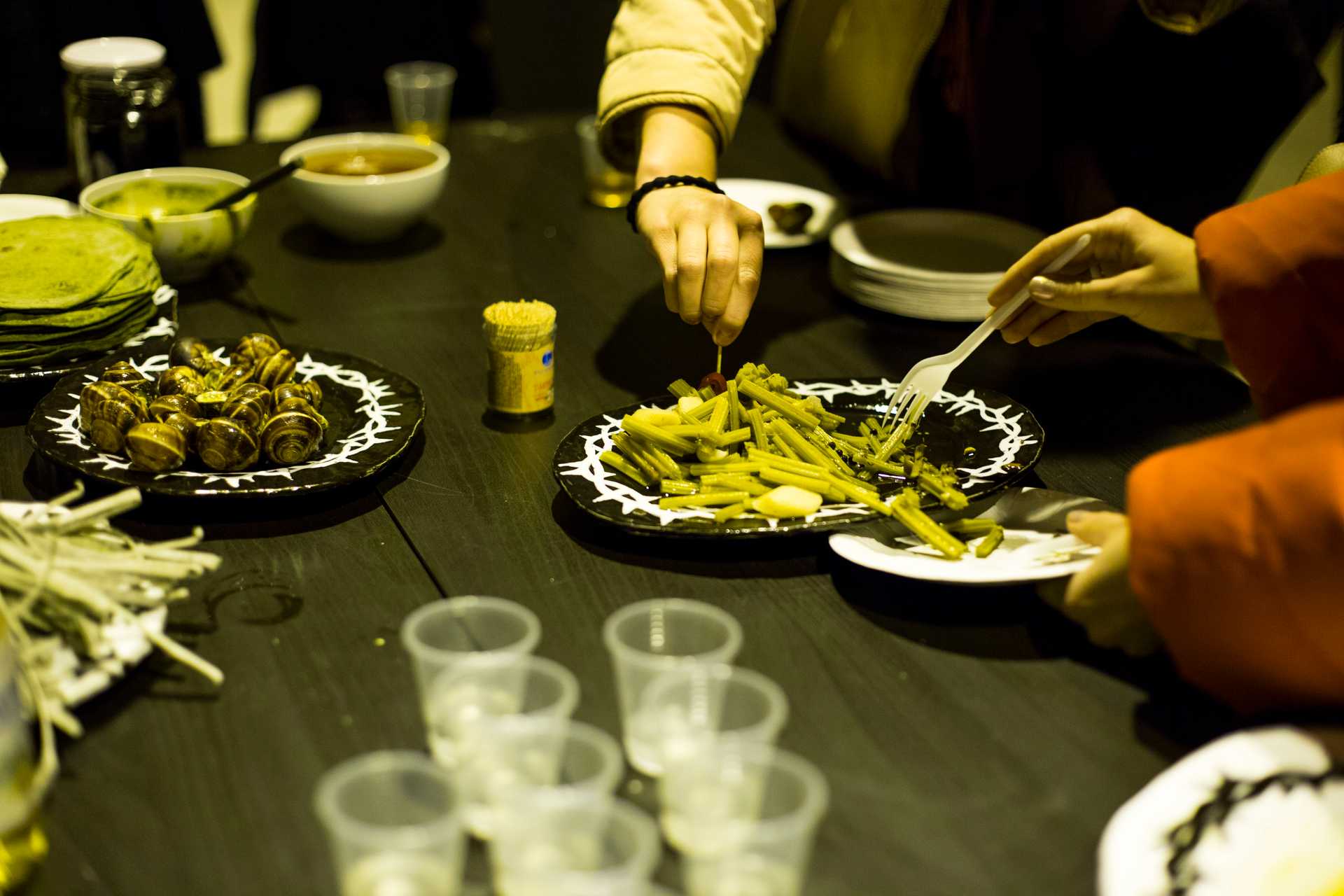
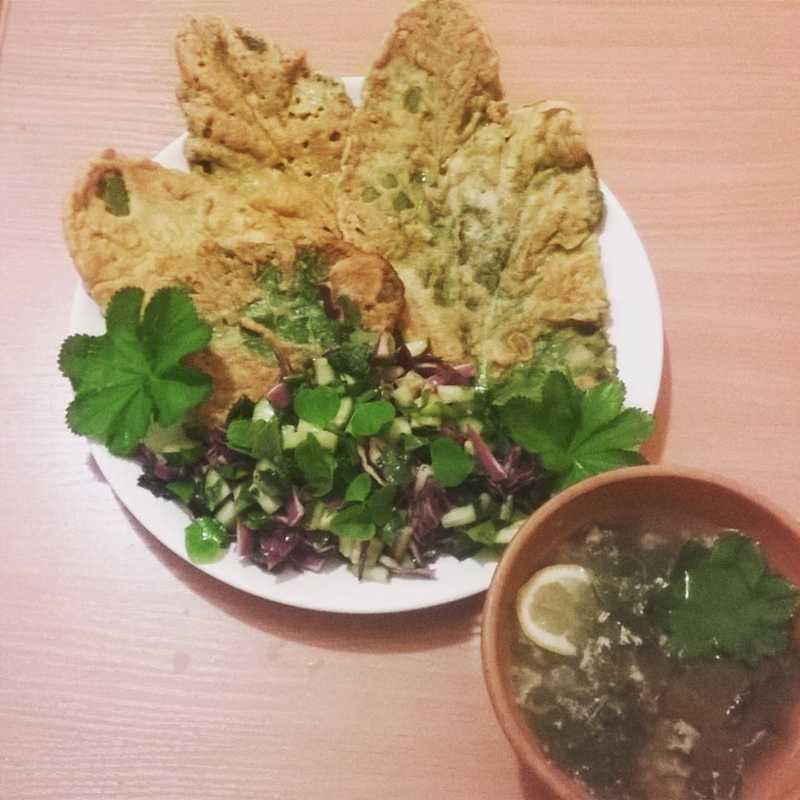
.jpg)
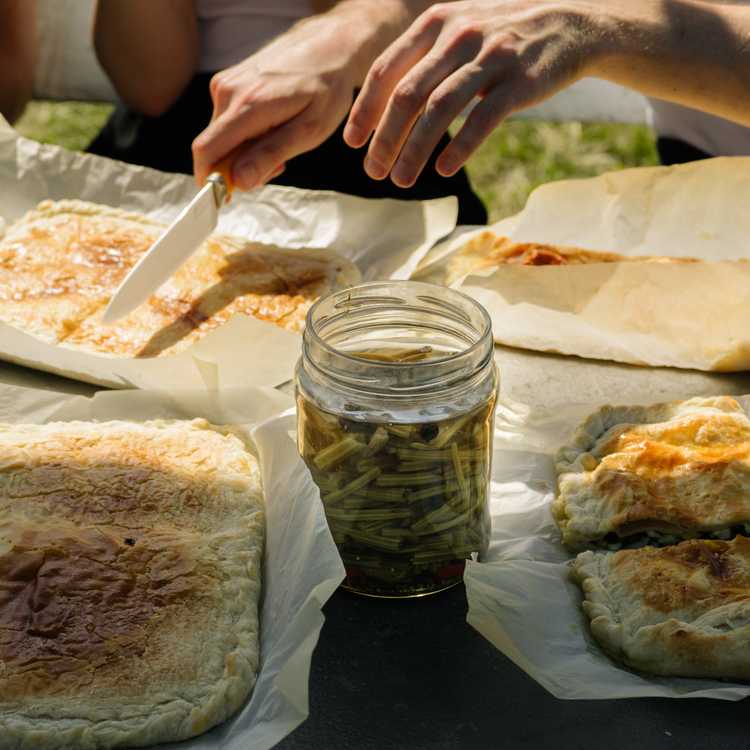

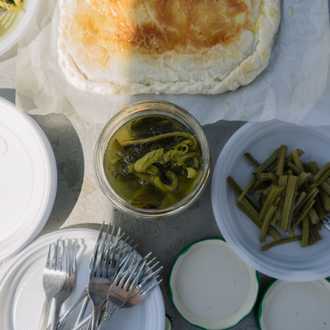
.jpg)
